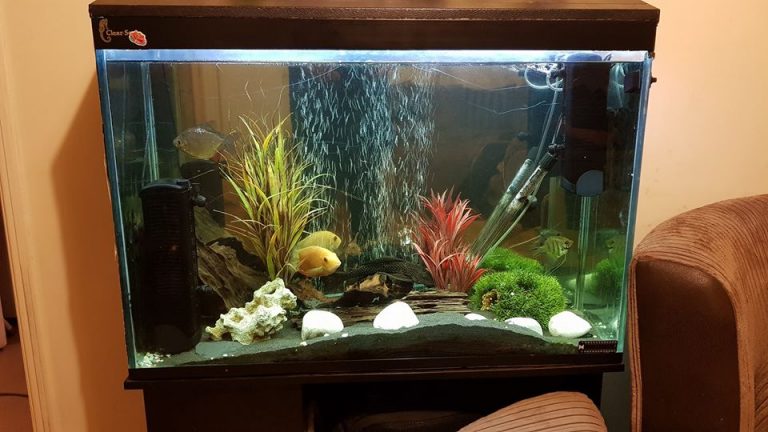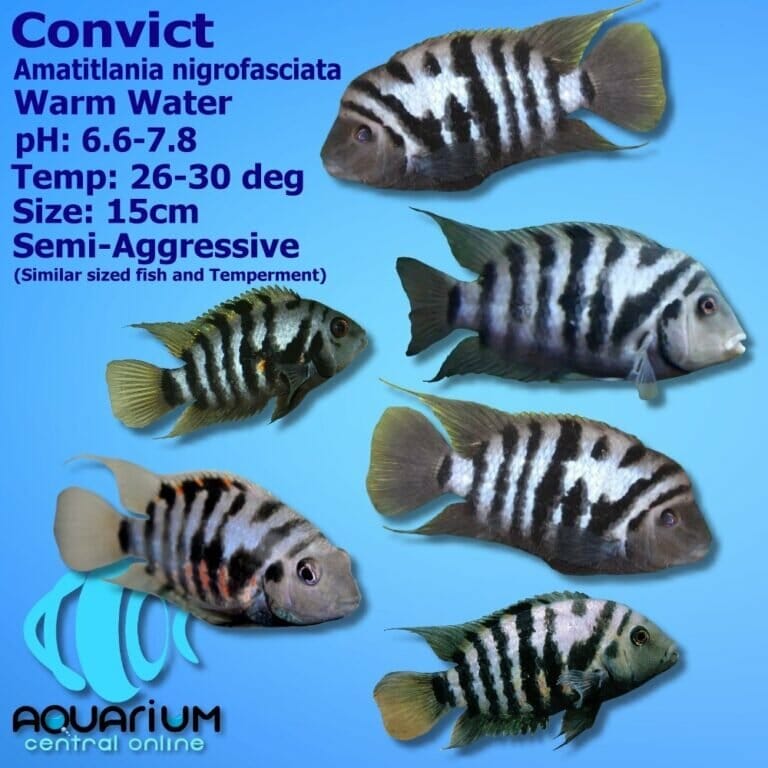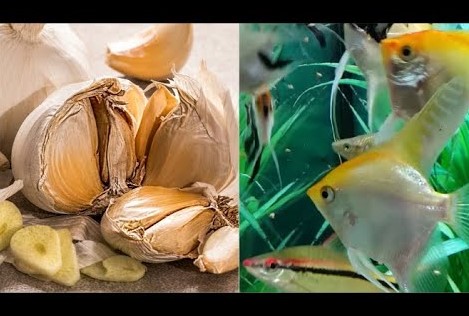Methylene Blue Vs Malachite Green: Which is the Better Dye?
Methylene blue and malachite green are both synthetic dyes used in biological staining applications. Methylene blue is commonly used as a general stain for detecting a variety of cell types, while malachite green is used primarily for fungal and spore staining.
Methylene blue and malachite green are both essential staining agents used in biological applications. Methylene blue is a thiazine dye that binds to acidic tissue structures, such as nuclei and mitochondria, making it a general-purpose stain for detecting various cell types.
Malachite green, on the other hand, is a green triphenylmethane dye mainly used for fungal and spore staining applications. Malachite green has higher affinity and specificity for spores and fungal hyphae than methylene blue and is less toxic, making it safe to use for bacterial and fungal cultures. Staining technique and reagent choice depend on the analytical requirement and microorganism type being studied.

Credit: www.ntlabs.co.uk
History Of Methylene Blue And Malachite Green
Methylene blue and malachite green are commonly used as dyes and as medication for treating certain diseases in fish and humans. Both of these compounds have a rich history, and their discovery and uses over time are fascinating to explore.
Origin Of Methylene Blue And Malachite Green
Methylene blue and malachite green were both discovered in the late 1800s by heinrich caro. Caro was a german chemist who was attempting to synthesize quinine, a common malaria medication. Here are some key points about the origin of these compounds:
- Methylene blue was discovered in 1876 by heinrich caro while he was trying to synthesize quinine.
- Malachite green was discovered in 1877 by heinrich caro while he was attempting to synthesize a dye.
How Were They Discovered?
The discovery of methylene blue and malachite green was a result of the chemical synthesis work of heinrich caro. Here are some key points about their discovery:
- Heinrich caro was attempting to synthesize quinine when he discovered methylene blue.
- Malachite green was discovered by heinrich caro through the process of synthesizing dyes.
- Caro named methylene blue “methylthionine chloride” and malachite green “aniline green.”
How Have They Been Used Historically?
Both methylene blue and malachite green have been used for a variety of purposes throughout history. Here are some key points about their historical uses:
- Methylene blue was one of the first medications used in the treatment of malaria.
- During world war i, methylene blue was used to treat gas gangrene.
- Malachite green has been used as a dye for silk and wool, a biological stain, and a medication for humans, fish, and other animals.
- In fish farming, malachite green is used to treat fungal and parasitic infections.
Methylene blue and malachite green are two fascinating compounds with a rich history. From their discovery in the late 1800s to their uses in treating malaria and fish diseases, their influence has been significant.
Chemical Properties Of Methylene Blue And Malachite Green
Methylene Blue Vs Malachite Green: Chemical Properties
Methylene blue and malachite green are two synthetic dyes that have been widely used in various industries, including textile, medical, and biological fields. In this section, we’ll delve into the chemical properties of methylene blue and malachite green.
Molecular Structure And Composition
- Methylene blue: The chemical formula of methylene blue is c16h18cln3s, and it has a molecular weight of 319.9 g/mol. It is a positively charged cationic dye with a thiazine ring structure. Methylene blue can exist in two forms: monomeric and dimeric.
- Malachite green: The chemical formula of malachite green is c23h25cln2, and it has a molecular weight of 364.9 g/mol. It is also a positively charged cationic dye but with a triphenylmethane group. Malachite green can exist in three forms: monomeric, dimeric, and trimeric.
Solubility
- Methylene blue: Methylene blue is water-soluble and soluble in methanol, ethanol, and acetone. It has moderate solubility in chloroform and insoluble in benzene and ether.
- Malachite green: Malachite green is also water-soluble but less soluble than methylene blue. It has good solubility in organic solvents, including ethanol, methanol, and benzene.
Stability
- Methylene blue: Methylene blue is relatively stable under normal conditions. However, it is sensitive to light and can degrade upon exposure to light. It is also susceptible to reduction, which can cause a color change from blue to colorless.
- Malachite green: Malachite green is more stable than methylene blue and can resist light-induced degradation. However, it is susceptible to oxidation, and prolonged exposure to air can cause it to degrade.
Optical And Fluorescence Properties
- Methylene blue: Methylene blue exhibits a blue color with a maximum absorbance peak at 665 nm. It also has strong fluorescence emissions with a maximum peak at around 680 nm.
- Malachite green: Malachite green has a green color with a maximum absorbance peak at 620 nm. It exhibits fluorescence with a maximum peak at around 609 nm.
Methylene blue and malachite green are two cationic dyes with different molecular structures, solubility, stability, and optical properties. Understanding their chemical properties is crucial for their industrial and biological applications.
Applications Of Methylene Blue And Malachite Green
Methylene blue vs malachite green: applications of methylene blue and malachite green
The dyes methylene blue and malachite green are commonly used in a wide range of applications. In this section, we will explore the various applications of these two versatile dyes.
Methylene Blue
Methylene blue finds application in several industries, from the medical sector to the textile industry.
- Medical applications: Methylene blue is used in the diagnosis and treatment of certain medical conditions. It can be used to detect the presence of parasites, bacteria, and viruses in clinical specimen samples.
- Biological stain: Methylene blue is used to stain biological material, especially in microbiology. It is a common stain used in cytology, histology, and cell biology.
- Textile dye: Methylene blue is also used as a dye for textiles. It is widely used in the textile industry to dye cotton, silk, and wool garments.
Malachite Green
Malachite green dye is commonly used in the aquaculture industry to control parasitic infestations and as a biological stain. Additionally, it is also used in the textile industry as a dye.
- Aquaculture: Malachite green is an effective treatment for parasitic infestations in fish farms. It helps to control diseases such as ichthyophthirius and costia.
- Biological stain: Malachite green is a frequently-used dye for microscopic examination of biological materials. It is often used when staining microbes such as algae, fungi, and protozoa.
- Textile dye: Lastly, malachite green is used as a textile dye similar to methylene blue. It is mainly used to dye silk and wool.
Methylene blue is used extensively in the medical industries and biological research, while malachite green is widely used in aquaculture, microbiology, and the textile industry. These dyes’ varied applications reflect their incredible versatility and importance in research and industry alike.
Environmental And Health Concerns Of Methylene Blue And Malachite Green
Methylene Blue Vs Malachite Green
When it comes to synthetic dyes, methylene blue and malachite green are two of the most common. Both are widely used in various industries, including textile and biomedical. These dyes have superior properties that make them a preferred choice. But there are environmental and health concerns associated with these dyes, so it’s essential to know about the potential risks.
Potential Health Risks Associated With Each Dye
Methylene Blue
- It can have toxic effects on the respiratory, digestive, and nervous systems.
- Exposure may cause headaches, dizziness, nausea, and vomiting.
- Prolonged or repeated exposure can cause methemoglobinemia, a condition in which the blood is unable to carry oxygen properly.
- Methylene blue is also a photosensitizer and can lead to phototoxicity when exposed to sunlight.
Malachite Green
- It is known to have carcinogenic and mutagenic properties.
- The dye can cause skin and eye irritations.
- Prolonged exposure may lead to organ damage and dna damage.
- It can also enter the food chain through aquatic ecosystems, which can be harmful to animals and humans.
Environmental Impact Of Using Each Of The Dyes
Methylene Blue
- It is a potential water pollutant and can cause harm to aquatic life.
- It is not biodegradable and can persist in the environment for extended periods.
- The production of methylene blue requires large quantities of energy and can contribute to greenhouse gas emissions.
Malachite Green
- It can release toxic chemicals into the environment and harm aquatic ecosystems.
- Malachite green is not biodegradable, and its persistence in the environment makes it potentially harmful.
- The dye can also enter the food chain through aquatic ecosystems and harm the animals and humans that consume them.
Alternatives To Methylene Blue And Malachite Green
- Natural dyes like turmeric, beetroot, and indigo are environmentally friendly and have no potential health risks.
- Some newer synthetic dyes have been developed, such as ecodye, which are less toxic and biodegradable.
- Another option is switching to non-dye-based processes altogether, such as using mechanical or enzymatic treatments to achieve the desired color.
Using synthetic dyes like methylene blue and malachite green can have significant environmental and health impacts. It’s crucial to consider these factors and opt for alternatives that are safer and more sustainable. The development of better and safer synthetic dyes is essential, as the demand for colored products continues to rise.
Frequently Asked Questions On Methylene Blue Vs Malachite Green
How Do I Know If I Should Use Methylene Blue Or Malachite Green?
Methylene blue is ideal for treating fungal and bacterial infections, while malachite green is effective against parasites.
Is Methylene Blue Or Malachite Green Safe For Fish?
Both methylene blue and malachite green are generally safe for fish when used according to the instructions.
How Long Should I Treat My Fish With Methylene Blue Or Malachite Green?
The treatment times for both methylene blue and malachite green vary, but typically range from 3-5 days.
Can I Use Methylene Blue Or Malachite Green As A Preventative Treatment?
It is not recommended to use methylene blue or malachite green as a preventative treatment as this can lead to drug-resistant organisms. Only use as directed.
Conclusion
After analyzing the properties, applications, and drawbacks of methylene blue and malachite green, it is evident that both dyes have unique features suitable for different purposes. While methylene blue is a versatile stain used in diverse fields such as medical diagnosis, microbiology, and biotechnology, malachite green is mostly applicable in aquatic environments for the treatment of parasitic, fungal, and bacterial infections.
However, both dyes pose environmental and health concerns due to their toxicity levels. Therefore, it is vital to handle and dispose of them with utmost caution. Depending on the intended use, professionals should consider the various factors such as the cost, safety, and specificity of each stain before making a choice.
Ultimately, the decision to use either methylene blue or malachite green relies on individual preferences and requirements, and one should weigh the pros and cons before selecting an ideal dye for their intended purpose.






